The following code shows that $path is always 0, despite tapping a NavigationLink inside the stack. That means that when I select a panel, and tap on the navigation link to go to 'firstPanel subview', then select a new panel, it does not reset the NavigationStack's path.
If I use the new .navigationDestination API then it works, but I was under the impression that the older NavigationLink without value: should work too since it's not deprecated. This is on iOS 16.4.
Ideas:
- I'm not binding to $path properly somehow
- The NavigationStack doesn't understand its root view
- I don't think I need a separate NavigationStack per panel?
- Maybe I do need to use .navigationDestination everywhere? Perhaps it's intended that this NavigationLink doesn't modify the stack's path? Seems odd. I see older NavigationLinks in the FoodTruck sample app.
- This may be unrelated to NavigationSplitView, just NavigationStack.
import SwiftUI
enum Panel: String, Hashable {
case firstPanel, secondPanel
}
struct ContentView: View {
@State private var selection: Panel? = .firstPanel
@State private var path = NavigationPath()
var body: some View {
NavigationSplitView {
List(selection: $selection) {
NavigationLink(value: Panel.firstPanel) {
Text(Panel.firstPanel.rawValue)
}
NavigationLink(value: Panel.secondPanel) {
Text(Panel.secondPanel.rawValue)
}
}
.listStyle(.sidebar)
.navigationTitle("MyApp")
} detail: {
NavigationStack(path: $path) {
switch selection ?? .firstPanel {
case .firstPanel:
NavigationLink {
Text("This is \(Panel.firstPanel.rawValue) subview") // <-- navigate to here, then tap secondPanel
} label: {
Text("Go to \(Panel.firstPanel.rawValue) subview")
}
case .secondPanel:
NavigationLink {
Text("This is \(Panel.secondPanel.rawValue) subview")
} label: {
Text("Go to \(Panel.secondPanel.rawValue) subview")
}
}
}
}
.onChange(of: selection) { _ in
print(path.count) // <-- always prints 0
path.removeLast(path.count)
}
}
}
struct ContentView_Previews: PreviewProvider {
static var previews: some View {
ContentView()
.previewDevice("iPad Pro (11-inch) (4th generation)")
.previewInterfaceOrientation(.landscapeLeft)
}
}
Thanks!
